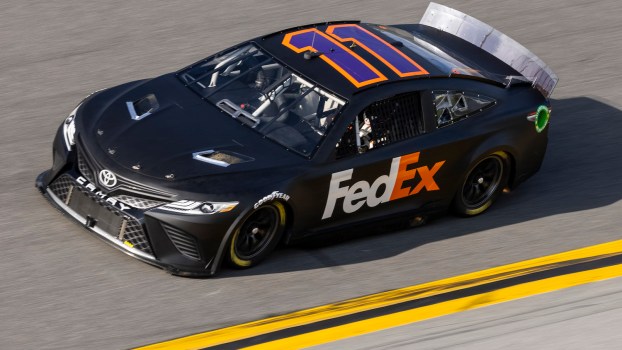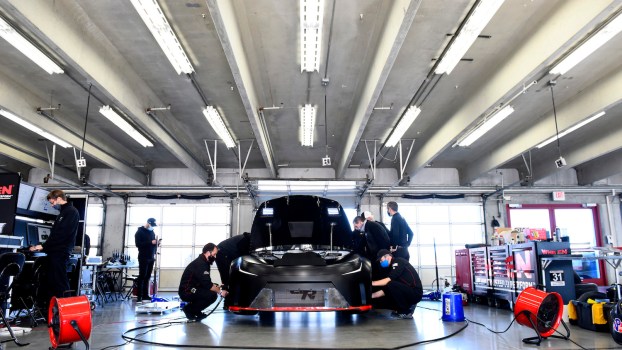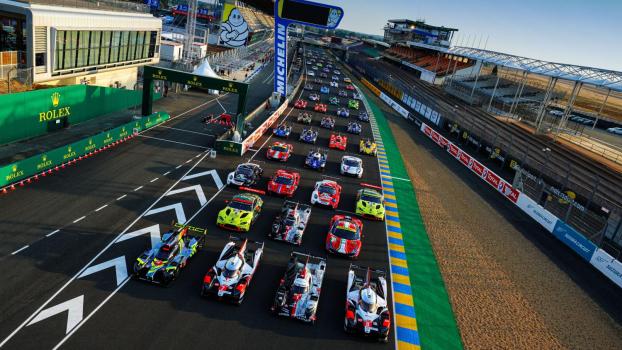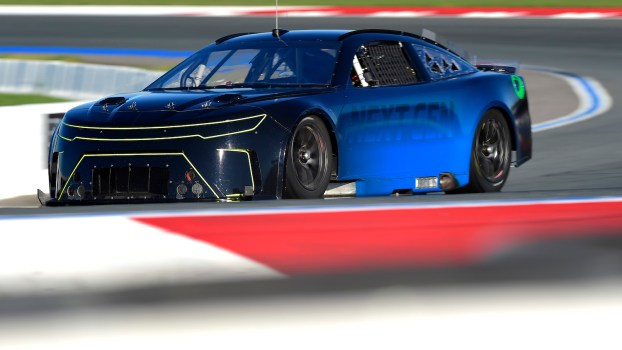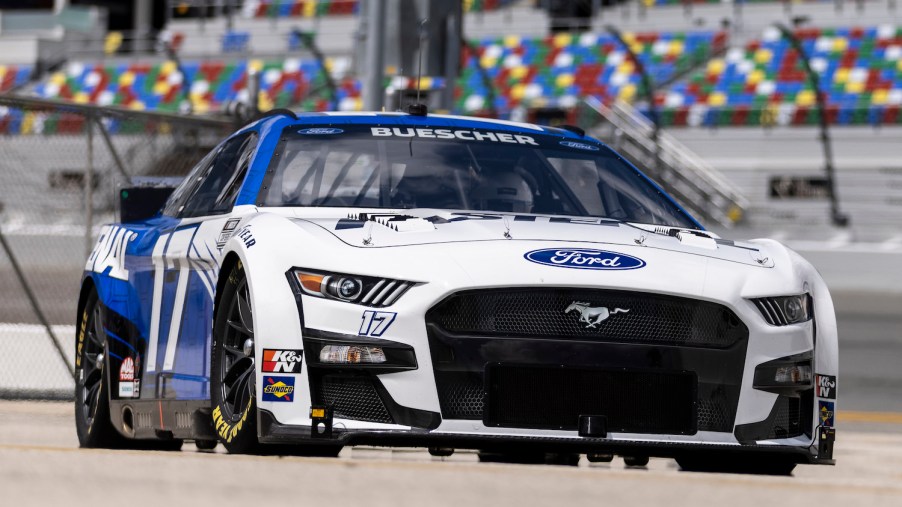
NASCAR Next Generation Car: The Ultimate Guide
I have loved NASCAR for as long as I can remember. I will miss the old-style stock cars. But I truly believe the NASCAR Next Generation cars will make NASCAR racing more exciting.
| Generation-6 Cup Cars | Next-Gen Cup Cars | |
| Engine | Naturally-aspirated V8 | Naturally-aspirated V8 |
| Transmission | 4-speed manual | 5-speed sequential manual |
| Rear axle | Solid live rear axle | Transaxle and independent rear suspension |
| Body styles | Two: superspeedway and short track | One design for all tracks |
Read on for the Next Gen car ultimate guide overview, or take a deep dive into specific systems in the following articles from our series:
- NASCAR Next Gen V8 engines
- NASCAR Next Gen transaxle
- NASCAR Next Gen sequential shifter
- NASCAR Next Gen alloy rims and mono-lug
- NACAR Next Gen digital rearview mirror
NASCAR Next Generation cars make a half-ton more downforce
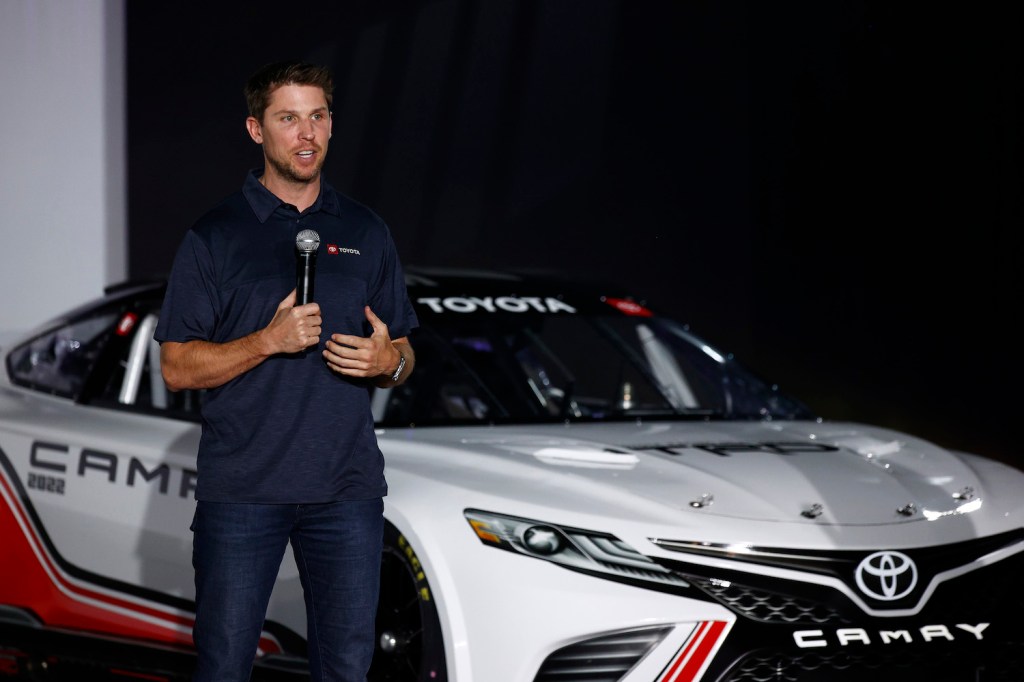
Until 2021, every NASCAR team maintained separate cars for the oval tracks and road courses. But, with its Next Generation, NASCAR wanted one race car that could do both.
Aerodynamics defines Cup cars designed for the oval tracks. The entire right side of their body is a single, flat panel. This panel keeps the cars stable while turning left at high speeds. The Next Gen cars achieve similar stability with nearly one thousand pounds of additional downforce instead.
NASCAR engineers used several tricks to increase the downforce generated by the Next Gen cars. As you might guess, the Next Gen spoilers and the splitters beneath the grill are more aggressive. The new vehicles also have hood vents. After air exits the radiator, it flows over the windshield and the roof, pressing the car down.
The full-length “underwing” revolutionizes NASCAR aerodynamics
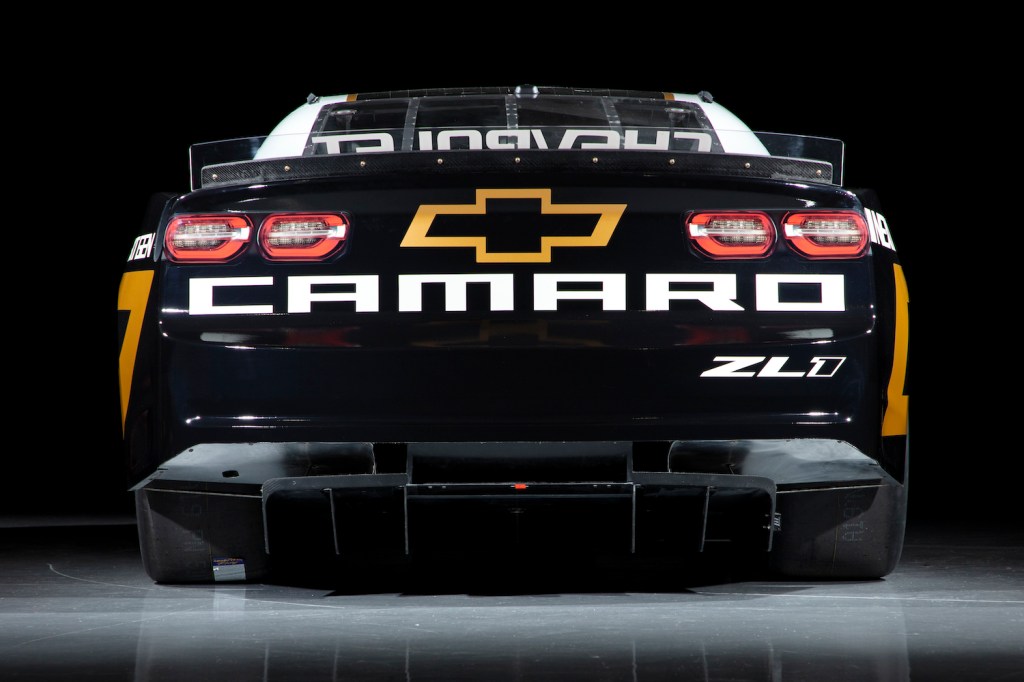
You can increase downforce by pressing down on a car. However, you can also increase downforce by creating a vacuum beneath the car. This is why the Next Gen cars will feature NASCAR’s first full-length underwing. This aerodynamic element expels any air moving beneath the vehicle.
The Next Gen underwing ends in a cluster of vertical fins called a diffuser. Engineers designed these fins to reduce turbulence behind the car. For this reason, it should be easier for drivers to pass one another.
There is a downside to downforce. With hundreds of pounds of added downforce, the Next Gen cars require much more power to move forward.
The NASCAR Next Generation engines: 670 horsepower
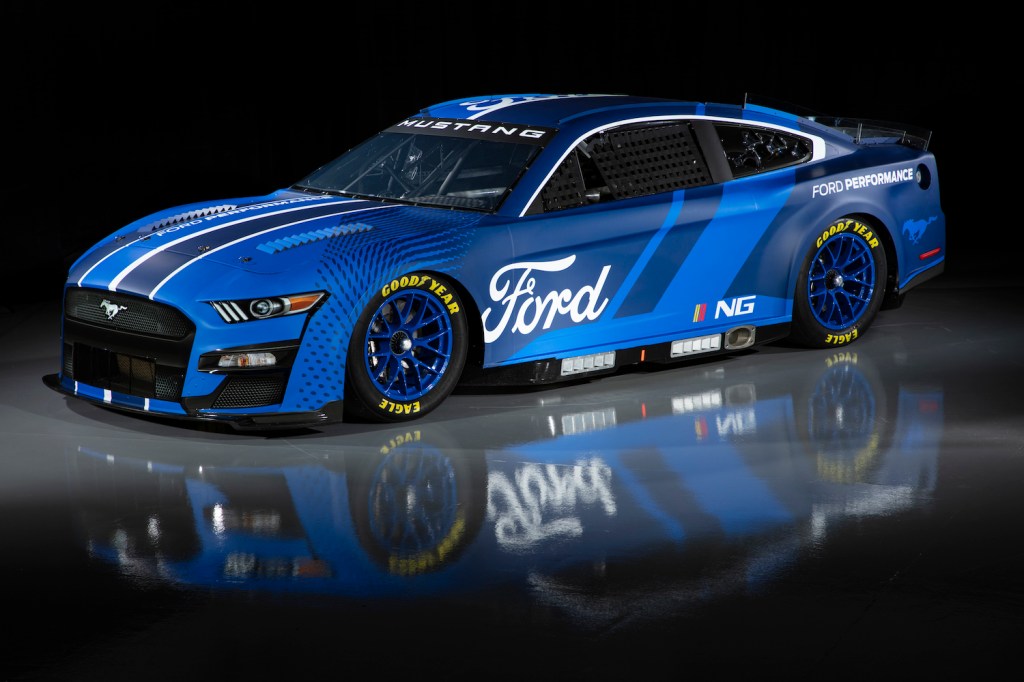
The engines beneath NACAR Cup car hoods are electronically fuel-injected 358 cubic-inch (5.86 Liter) V8s. They use traditional (not overhead) cams, so pushrods operate their valves. This is why they are often called pushrod engines. The engines in the 2022 Next Gen cars will be identical to those used in the 2021 sixth-generation cars–with one significant difference. NASCAR Next Gen engines will be allowed to make hundreds more horsepower.
Every NASCAR V8 is built by a manufacturer (currently Ford, Chevrolet, or Toyota) and maintained by the racing team. They are theoretically capable of approximately 850 horsepower. But since a high-profile 1987 crash, NASCAR has limited engines to about 410 horsepower.
But it takes a lot of power to push a car forward when its body produces thousands of pounds of downforce. So because of the Next Gen car’s increased downforce, NASCAR will allow the teams more powerful engines.
Restrictor plates swapped for “tapered spacers”
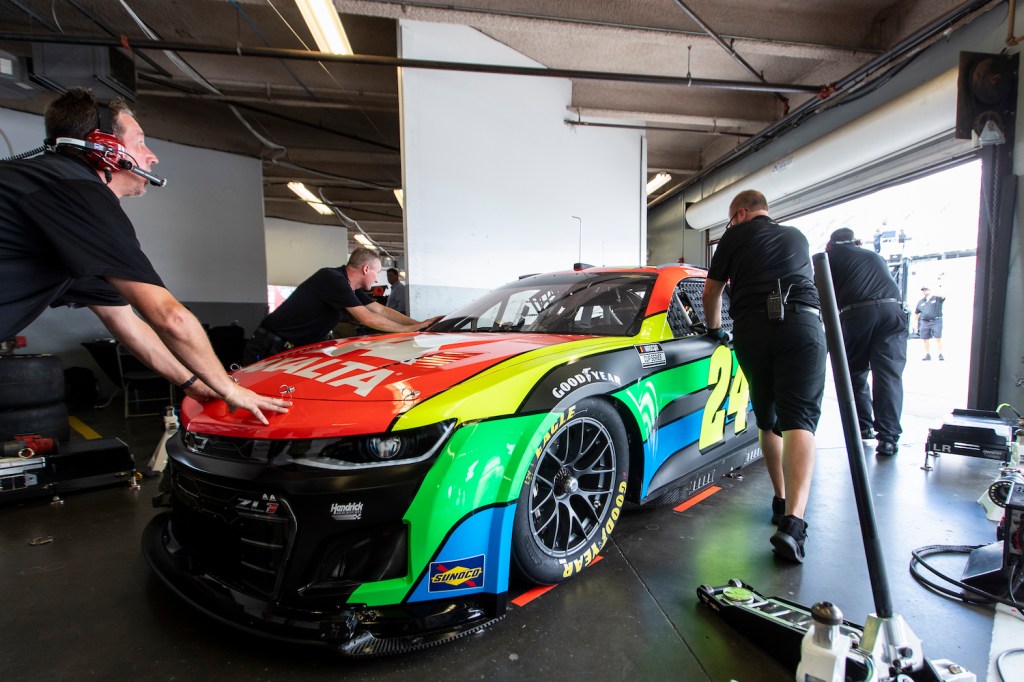
NASCAR uses a restrictor plate to limit the teams’ engines. This plate is a 1/8th-inch piece of aluminum mounted atop the intake manifold. It has four officially sized holes and limits the amount of air and gas flowing into the engine.
For recent seasons, NASCAR engineers have also created “tapered spacers.” The spacers are one inch tall. Instead of straight-cut holes, they have funnels that increase flow into the engine.
Officials have settled on an aggressive aerodynamics package to slow the new cars down on the superspeedways (Talladega and Daytona) with a seven-inch spoiler. On the other tracks, the teams can run four-inch spoilers. On the Superspeedways, the teams will be running 510 horsepower tapered spacers. Elsewhere, they are allowed approximately 670 horsepower.
Despite all the major changes to downforce and horsepower, the NASCAR Next Generation cars are almost exactly the same speed as the sixth-gen cars. After a Daytona drafting test with a pack of Next Gen cars, William Byron said his lap times were “within a second or two” of the outgoing cars.
You can find out more about the Next Gen engines. Or you can read on to find out about the radical new transmissions.
Next Generation Cars shift with a Corvette-style transaxle
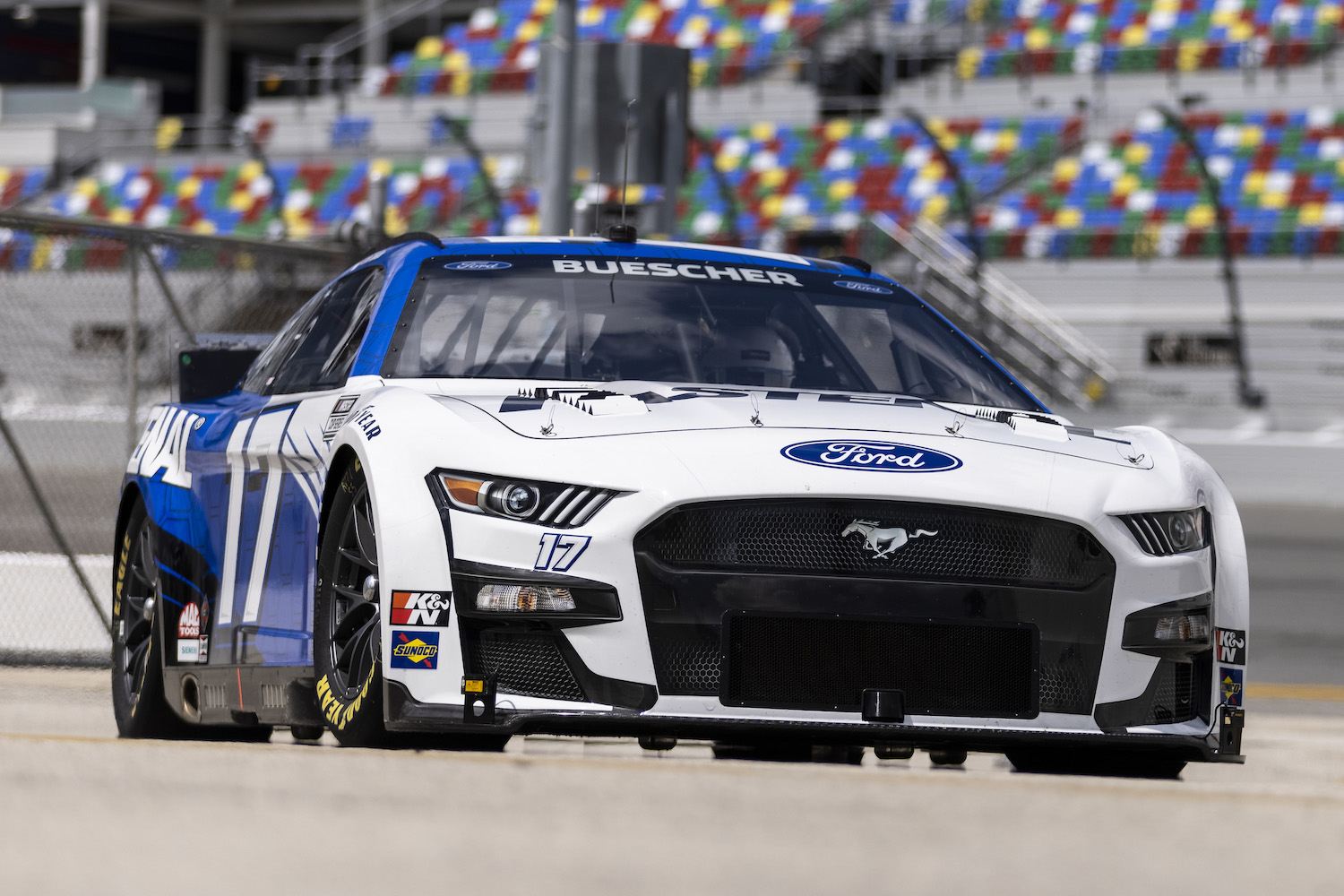
In the NASCAR Next Generation car, the transmission and rear axle are combined into a single unit. There are several reasons engineers changed the drivetrain layout. But here’s the rub: the full-body underwing would not fit under the traditional, solid rear axle. The Cup car drivetrain needed to change for aerodynamic purposes, and NASCAR chose a transaxle.
Combining the transmission and rear differential reduces the overall weight of a race car. Moving the transmission to the back of the vehicle better balances your drivetrain weight front-to-back. Without a transmission at the front of a car, you can move your engine back and reduce weight on the front wheels.
Overall, a front-engine, rear-transaxle sports car handles very well. For this reason, Chevrolet has used this layout for the last three generations of the Corvette. Racing is catching up to tried-and-true sportscar technology with the NASCAR’s Corvette-style transaxle.
The Next Gen car has three pedals and a floor-mounted shift lever. But instead of an H-pattern, the shifter only moves forward and backward. The new shifter is similar to a “ratchet” shifter used in drag racing.
Drivers can pull the shift lever back to shift up and push it forward to shift down. The new transaxle transmission has five forward gears and one reverse gear. You can dive into the Next Gen transmissions if you want more details.
The NASCAR Next Generation Cars: more “stock” than current stock cars
NASCAR Cup cars are very different than the stock cars they represent. Unlike Mustangs, Camrys, and Camaros, these race cars are thin bodies mounted on space frame chassis. That said, the Next Gen cars are closer to “stock” than the sixth-generation cars.
For example, the Mustang, Camaro, and Camry have ridden on independent rear suspension for years. The Next Gen car finally brings independent rear suspension to NASCAR.
You can’t order the Mustang, Camaro, or Camry with fifteen-inch steel rims. The Next Gen car also rides on modern, eighteen-inch forged aluminum rims.
Finally, the Next Gen car has a symmetrical body. Overall, the new race car will handle much more like a modern muscle car. The NASCAR Next Generation car is closer to a “stock” car. You might even say NASCAR is returning to its roots. Add in the fact that NASCAR now sees more passing and wheel-to-wheel racing, and there’s a lot to love about the latest car design.
Next, find out what drivers are saying about NASCAR’s Next Gen cars, or take a deep dive into the Next Generation NASCAR car in the video below:
